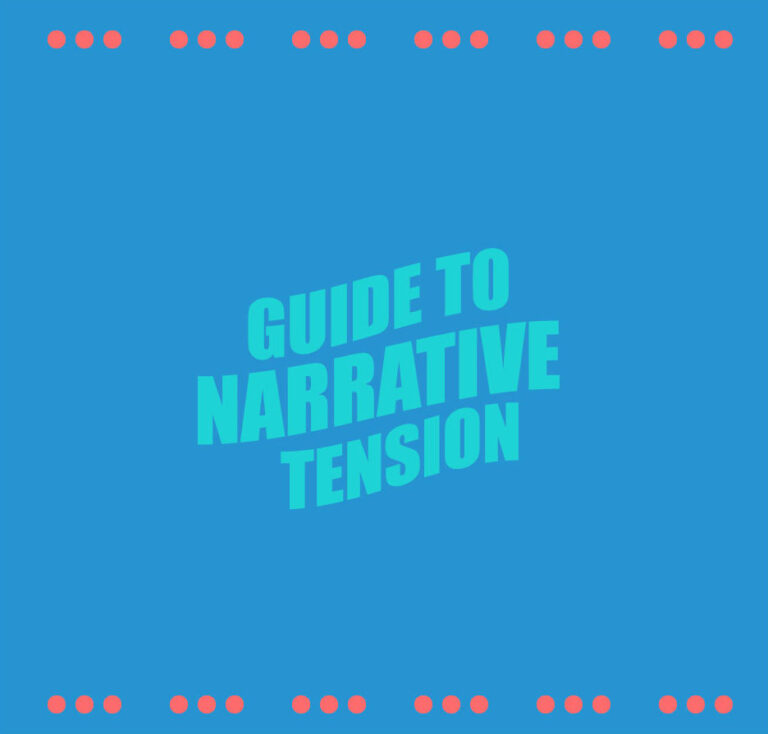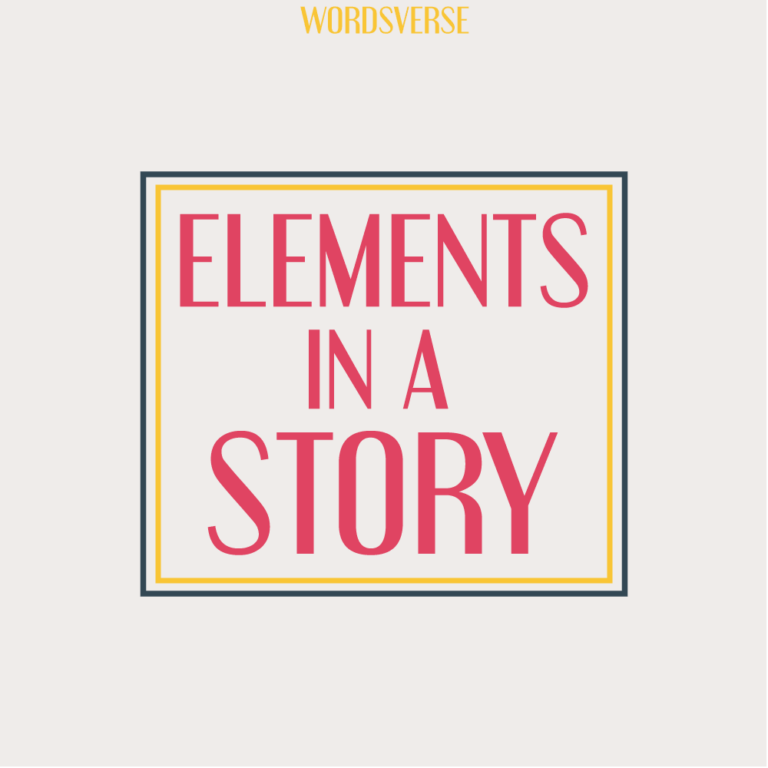Writing something that is intended for the readers is only the beginning of a massive process. A lot of work goes into the refining and polishing of the document. Most of us are aware of editing as this is a mandatory process for everything creative. But what is proofreading? And more importantly, is it really necessary?
Proofreading in writing is the examination of a written document to check for any grammatical, formatting, or content error. Proofreading is done for both fictional and non-fictional pieces. As the name suggests, it is a scrutinous reading of a document to ensure if it is fit for publishing.
What makes proofreading different from editing? Editing is a very complicated process that involves multiple forms, focusing on different parts of the document. From content to the style to the grammar, everything is checked in editing a document. Proofreading is ensuring that the editing process has been executed correctly. It is to make sure that no error passed through the filter of editing.
One can say that proofreading is the editing of the editing process.
– One
How to proofread a document
Proofreading is very simple in theory but difficult in practice. To proofread a document, all you need to do is know what is the intended form of the document (free of error, language inconsistencies, typos, and formatting errors) and checking it with the completed document. If the document has errors, it is marked and sent back to editing. Too many errors and the entire document might be sent back to the editor.
This was the theory. How about practice? If I asked you to proofread this paragraph or the one above, it won’t be a difficult task and you’ll proofread it twice in 10 minutes. Great. Then how about War and Peace or Don Quixote? Proofreading those mammoths needs patience, perseverance, and a lot of time. This is what makes proofreading in practice a difficult thing to do.
But proofreading is not just relevant for fictional stories or non-fictional books. Anything that will be released for the public to read, whether paid or unpaid requires proofreading. But why is proofreading so necessary in a world of AI-controlled editing which can polish your document with just one click? Even I am using one and you should too. But never skip proofreading by a breathing human. Here’s why.
Why proofreading is important
In the world of automatic error detection and suggestion for a replacement, why do we need a human pair of eyes to read it organically? Because AI is far more A than I (thanks Internet Historian for this phrase). This means that AI can detect typos and spacing errors and maybe some phrases. But none at the moment can look at the style, the pacing and the delivery of the sentences, and the emotions with them.
So for me, it’s always getting the best from both the worlds. Keep the AI programs such as Grammarly to detect minor errors and typos but also have a proofreader or proofread yourself to check if the document is cohesive or not. Writing is always done in chunks, in separate paragraphs, and as you write, you forget what you wrote two paragraphs before. Proofreading not only reveals the errors but also shows if the style, tone, or pacing is consistent or not.

Proofreading techniques
Proofreading is simple in theory, difficult in practice. But is there a way to make the process simpler and more efficient? The efficiency depends on the person doing the job. As you keep doing something, you keep getting better. So a professional proofreader gets the eyes of an eagle and the errors are the mouses. There are, however, some ways of making proofreading a bit more tedious and much more accurate.
Here are some tips to be a better proofreader. Remember, all these steps must be done after you have edited the documents:
Don’t write and proofread immediately – Writing is an exhaustive task, draining most of your energy. You cannot get into proofreading or even editing mode right after you ended the document. Take an hour off, do something relaxing, and come back to the document with fresh eyes and an alert mind.
Change the medium – I love writing on my Mac with its large screen and comfortable keyboard. But I hate reading anything on it. I find reading on a smaller screen like a tablet or a phone makes errors and typos more conspicuous. But feel free to try other mediums as well. Some people print the document (which is a great way of pointing out errors).
Use different format – We live in the digital age, why not have some digital help? You can use the features of a word processor to find errors easily. Use a sans serif font (easier to read on-screen, opposite for paper), increase the font size to an ungodly amount and make the program full screen so that all your attention goes to the text. This method really helps with proofreading quickly and efficiently.
Reading it out loud – Reading is one of the best ways of proofreading since now you are not just seeing and reading, but also listening to what you have written. This helps a lot with the tone and pacing of the document. Many times I find how fast I went through some topics without giving enough information or padding (additional words to help better understand.)
Get someone else – While reading your text aloud to yourself helps, you might still miss a thing or two, especially when you’ve just begun proofreading this way. The sensory overload from the harangues might make your brain tired. So get someone else to read it for you. Most word processors come with built-in text to speech function. You have your computer read it for you while you close your eyes, relax and hear your words narrated in a monotonous way.
Avoid all forms of distraction – When you are proofreading, you do not want to miss a single error. Proofreading once is necessary because you have to refine your document, but proofreading twice or thrice is a painful chore. It is painful for your brain. So get everyone out of the room if possible, keep your phone in another room, remove all sources of noise, and just get lost in the document as if that was the only thing in the universe to exist.
Proofreading tools
There are many paid and unpaid (freemium) applications and programs that offer basic editing and proofreading. I think one of the best and most reliable (and popular) is Grammarly. I use it along with other free add-ons for Google Docs. It gets the job done and it always is great to have that extra step of editing and proofreading.
Boom Essays is one online service where you can get actual humans to proofread your documents for a price. This is not an affiliate link, which means I am not getting any form of payment from them. Here are some other proofreading websites:
This list can go on and on. There are many great proofreaders out there, some are not that great but get the job done. But as a word of caution, no matter how advanced the proofreading program is, never trust it blindly. Always proofread the work of a proofreading program.
This all boils down to the necessity of a human proofreader who is experienced and can get the job done in time. So try all these programs but always proofread yourself using all the techniques we mentioned earlier. You can get a proofreader for as low as $7-8 for a thousand words.
Do keep in mind that there is a big difference between editing and proofreading. Editing is like a tree trunk with different branches coming out. These branches include content editing, structural editing, copyediting, developmental editing, etc. You can read all the types of editing if you want to know more here.
The point is this; Editing is not the final gate that your document passes to reach the audience. It is proofreading that comes after editing and preferably, proofreading again to make sure everything is fine.
Little errors make a big impact
A misplaced “is” or a wrongly put “and” or any other word that is not changing the meaning of the sentence can seem like a little typo. But it has a big impact on what you are saying to the readers. You have the deepest, most forbidden knowledge about how the universe works and with just one typo, people start doubting what you are saying.
You can have the best argument points in Twitter threads and one little word misspelled or a missing apostrophe can be the reason for your defeat. So make sure you don’t let this happen to you when you write your book or a research paper or an essay. You don’t want to loose the opportunity. Yeah, I used loose instead of lose. I know.







